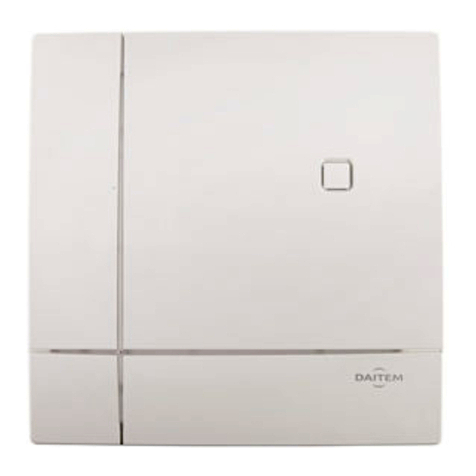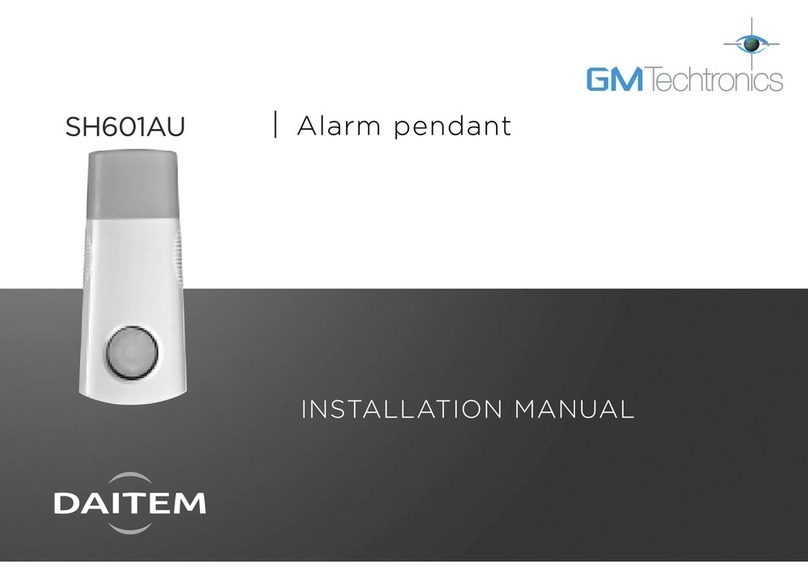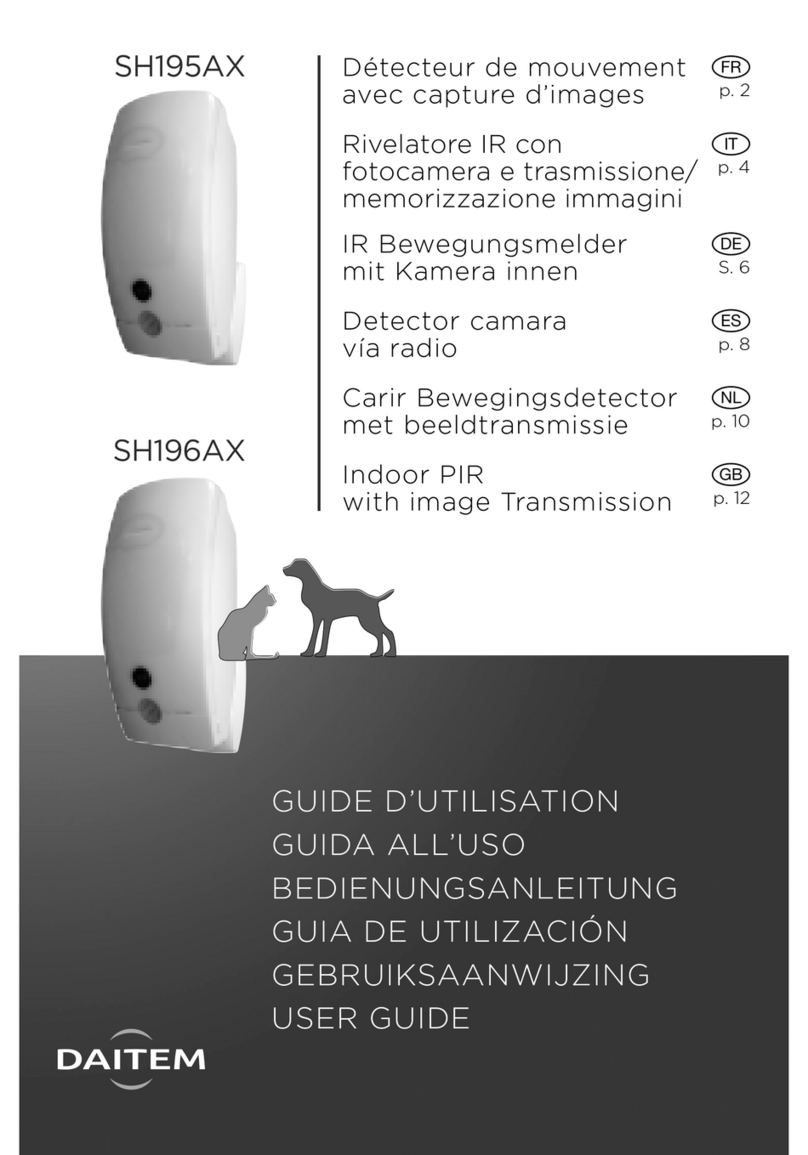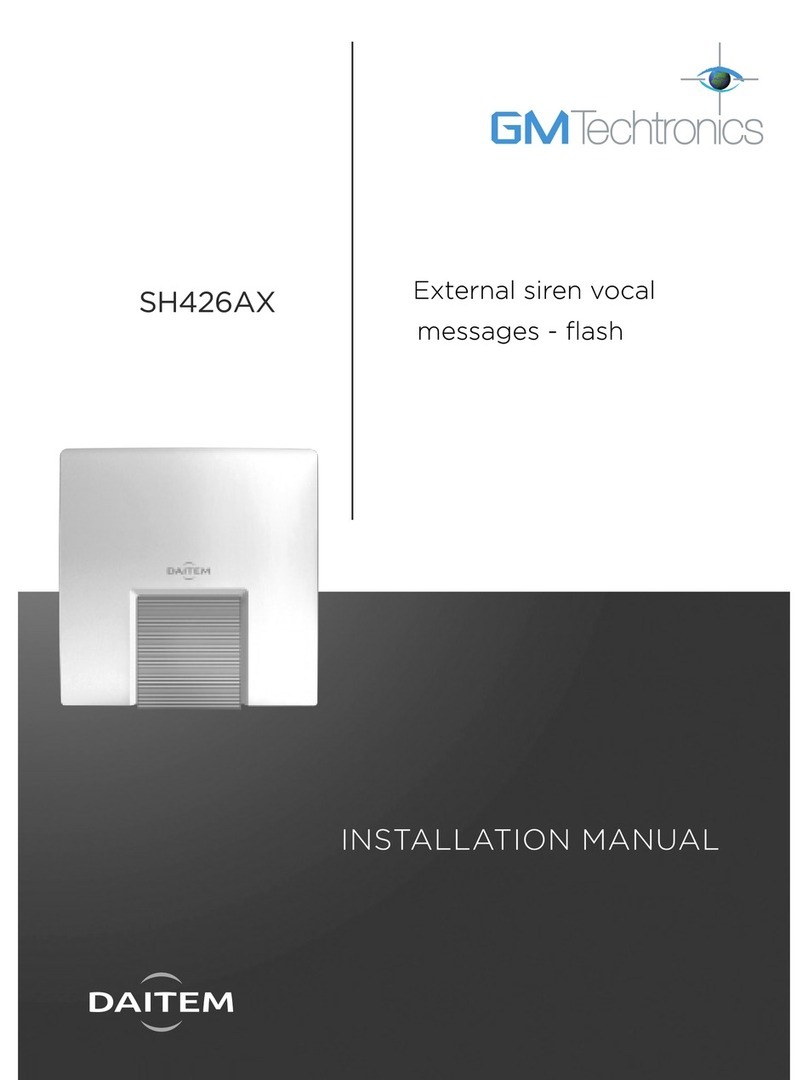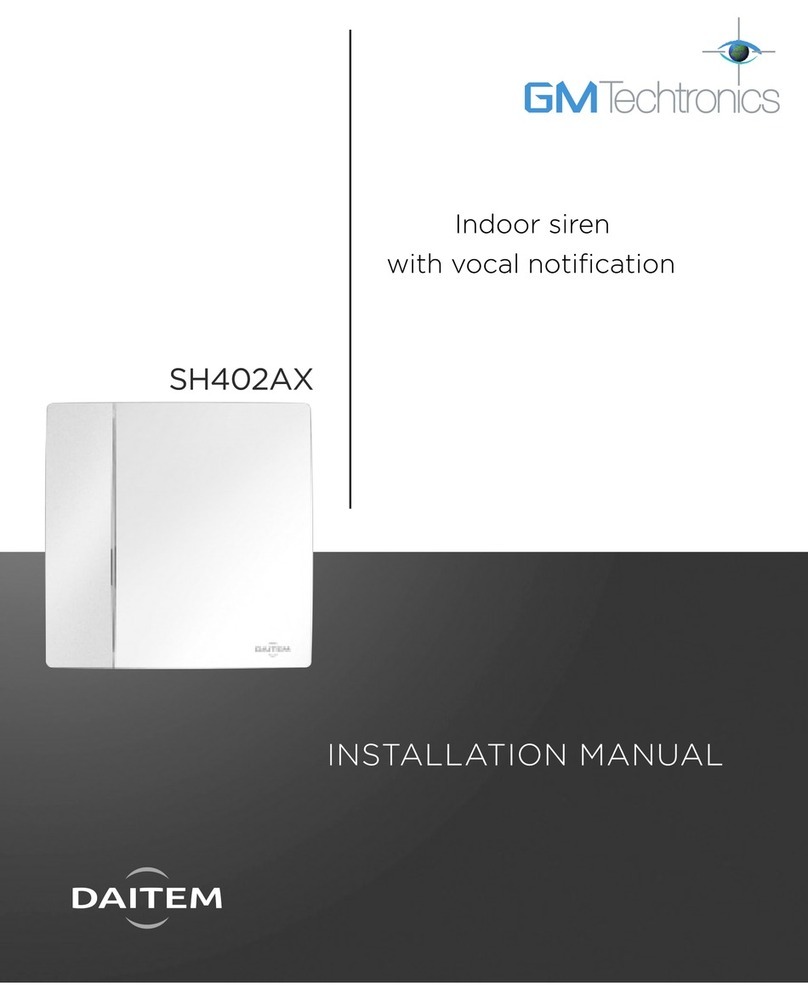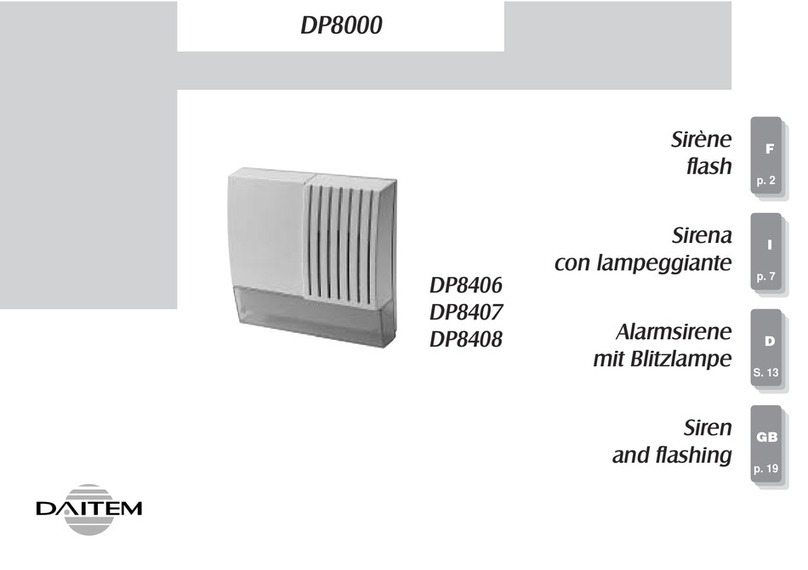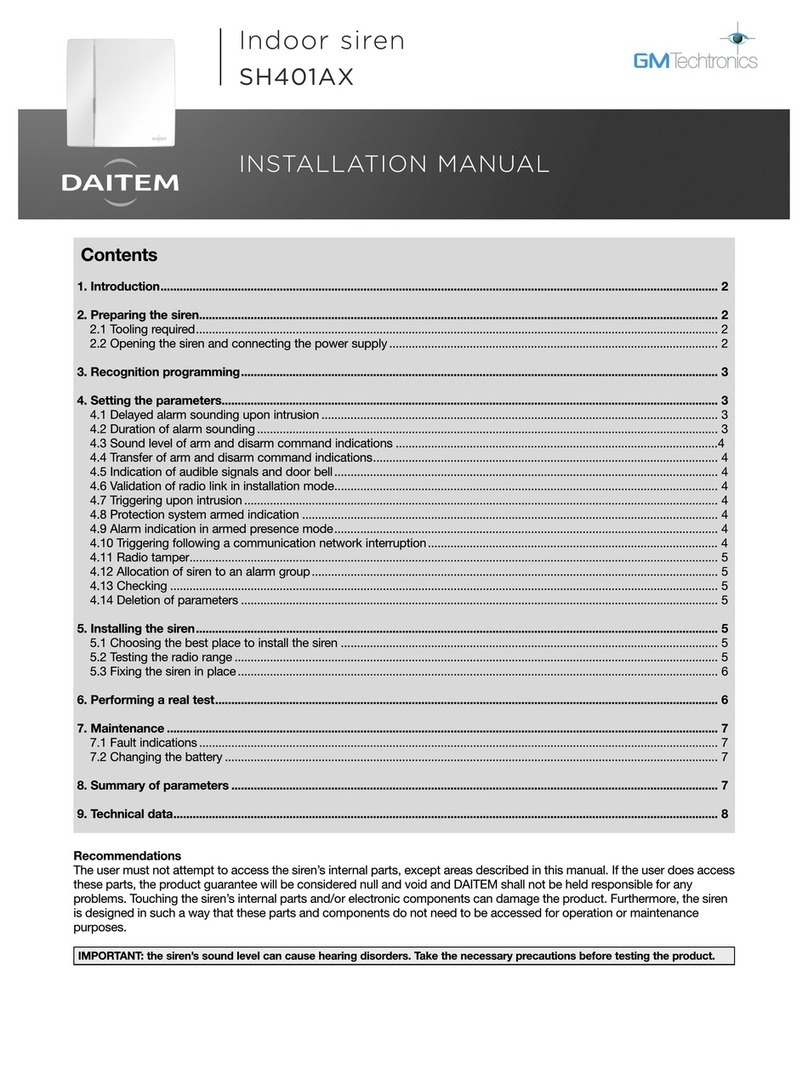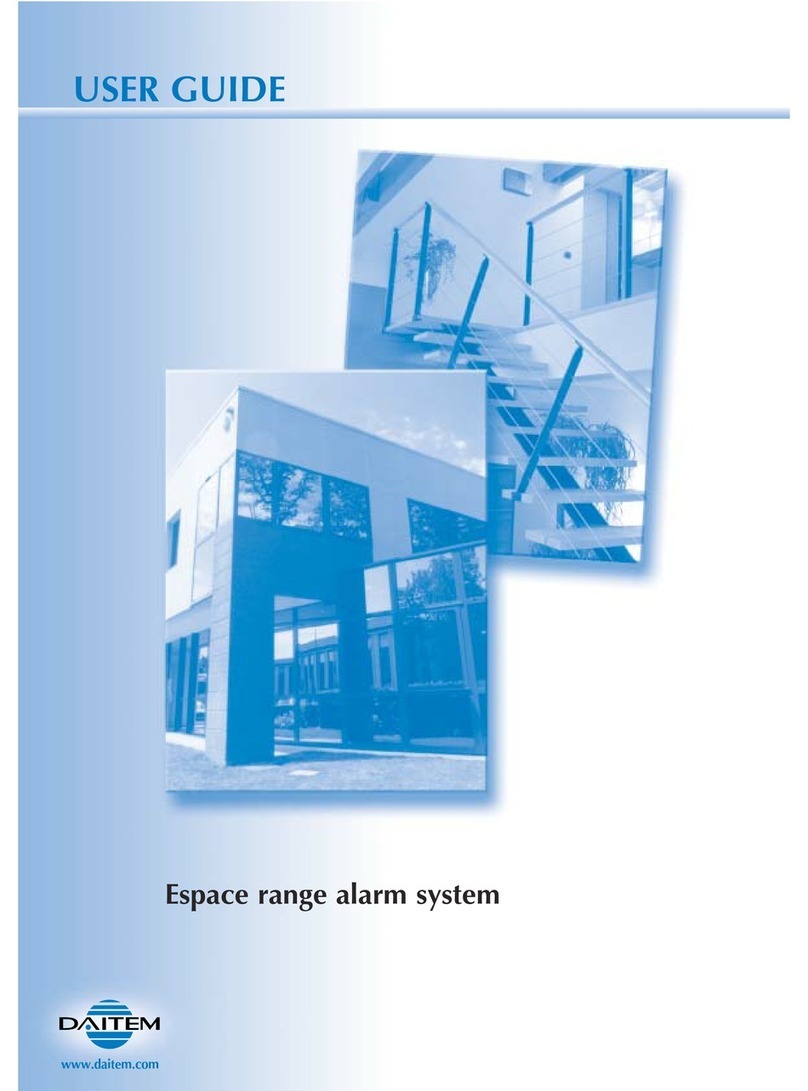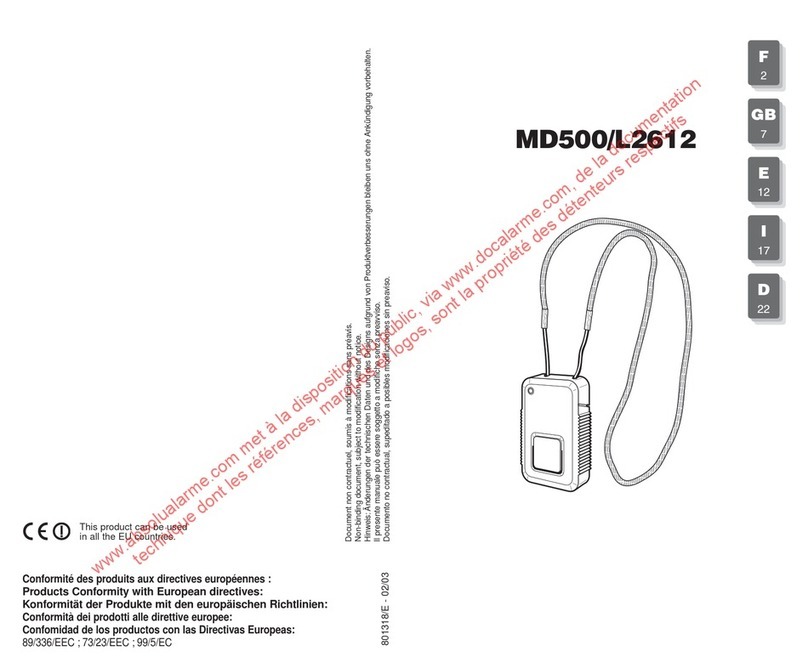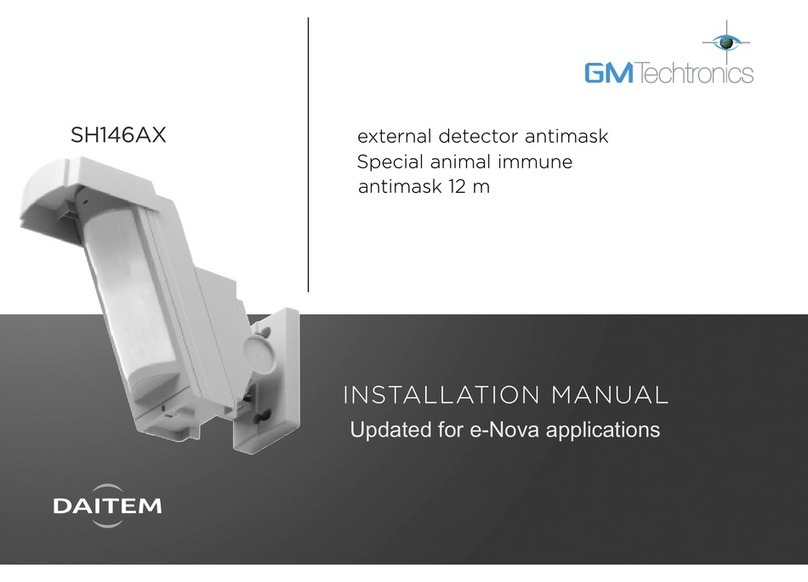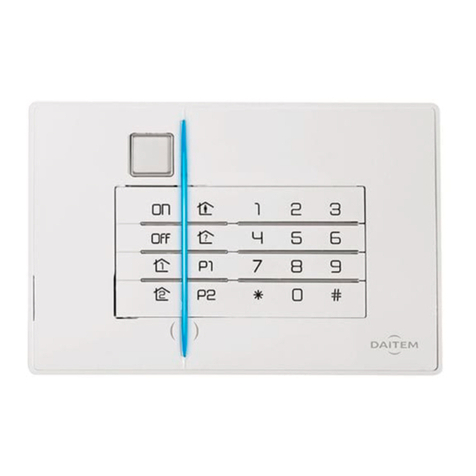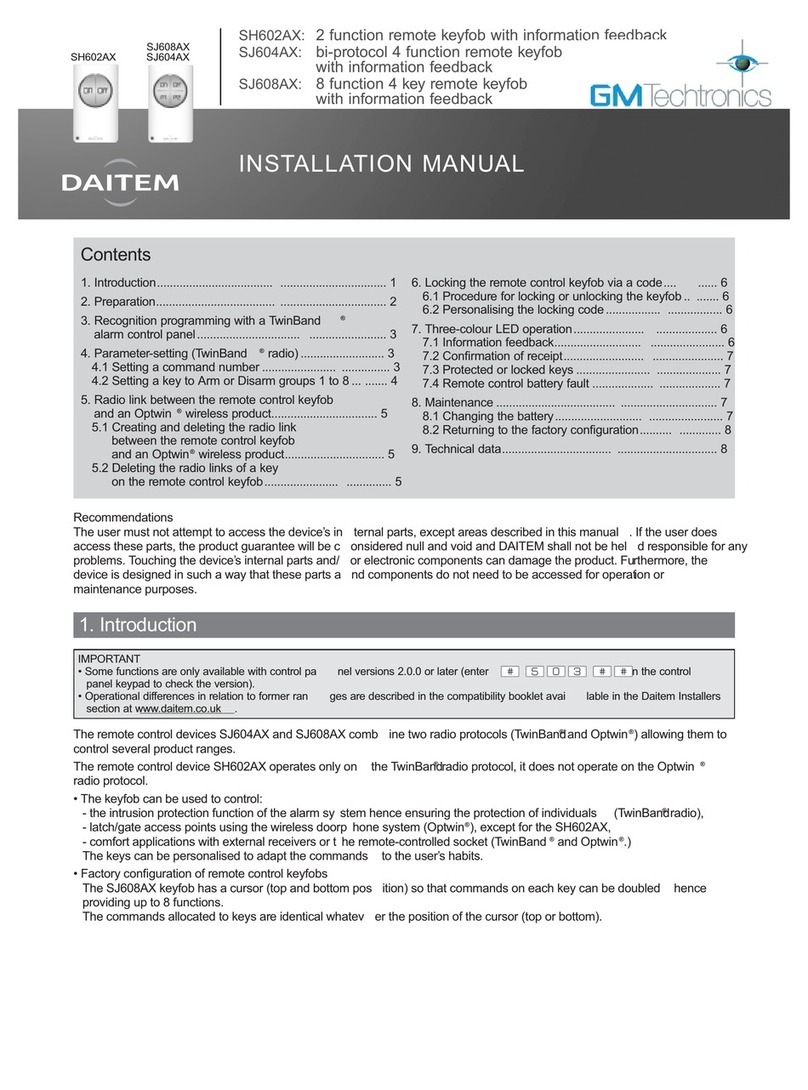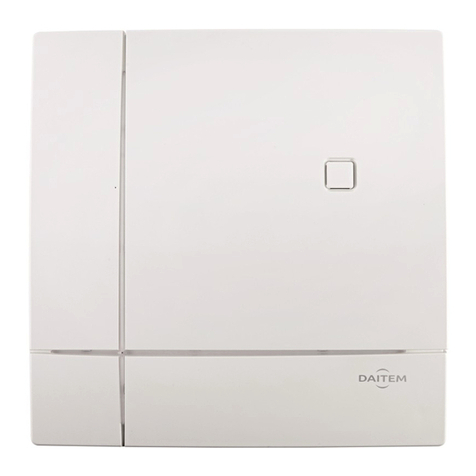6
The “visual localisation” function can be triggered following a “break-in indication” (if this function has been enabled) or once
the “flashing duration” has run its course. By extending the effect of the flashing strobe (on for 6 seconds, off for 16
seconds), the “visual localisation” function helps the user’s correspondent to visually localise the premises where the alarm
has been triggered (see diagram).
To modify the strobe’s visual localisation function, enter:
Factory setting: 0
siren n° 0: disabled
1: enabled 2 h
2: enabled 48 h
4.15 Visual localisation of flashing strobe following break-in
Continuous flashing Flashing: On 6 s
Off 6 s
Flashing: On 6 s
Off 16 s
How the different functions work: • duration of flashing (parameter 5)
• break-in indication (parameter 35)
• visual localisation of flashing strobe (parameter 36)
2 min
3 min
24 h
24 h
2 min
3 min
2 min
3 min
Duration of flashing: 2 min
Break-in indication: enabled or disabled
Visual localisation: disabled
Duration of flashing: 5 min
Break-in indication: enabled
Visual localisation: disabled
Duration of flashing: 3 min
Break-in indication: enabled 24 h
Visual localisation: disabled
Duration of flashing: 2 min
Break-in indication: enabled or disabled
Visual localisation: enabled 2 h
Duration of flashing: 5 min
Break-in indication: enabled
Visual localisation: enabled 2 h
Duration of flashing: 3 min
Break-in indication: enabled 24 h
Visual localisation: enabled 48 h
INTRUSION
2 h
2 min
2 h
3 min
72 h + 3 min
48 h
5 mn
24 h + 3 mn
2 h + 2 min
2 h + 5 min
Power pack battery life according to the programming of parameters 35 and 36:
IMPORTA T
• If the “break-in indication” function (parameter 35) and/or the “visual localisation” function (parameter 36) is/are activated,
the installer should be aware that this will use up the batteries at a faster rate than usual when the complete indication cycle
is triggered (see the table below for the power pack battery life according to selected parameters).
• When parameters 35 and/or 36 are selected with a long-duration indication value (value 2), we recommend changing the
power pack on a yearly basis.
Parameter 35: “break-in indication function”
012
Parameter 36:
“visual localisation
function”
0
5 years
10 complete activations/year
(factory)
5 years
8 complete activations/year
2 years
2 complete activations/year
15 years
7 complete activations/year
5 years
4 complete activations/year
2 years
2 complete activations/year
22 years
2 complete activations/year
2 years
2 complete activations/year
2 years
1 complete activation/year
